

CarExpert.com.au
The CarExpert team's favourite cars of 2025
3 Days Ago
Does a big jump in price mean a big jump in driving enjoyment? We get behind the wheel to find out.
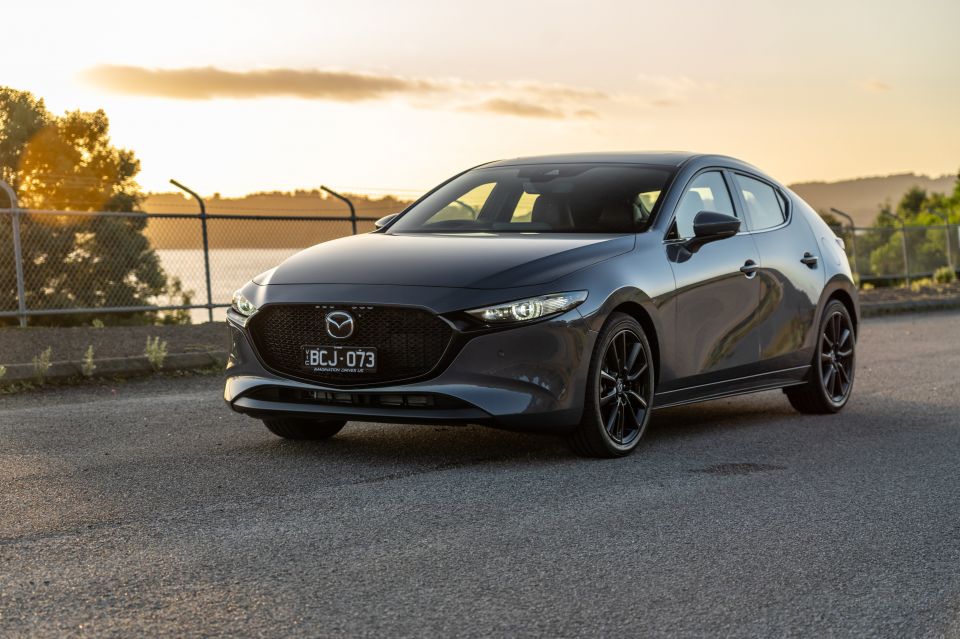
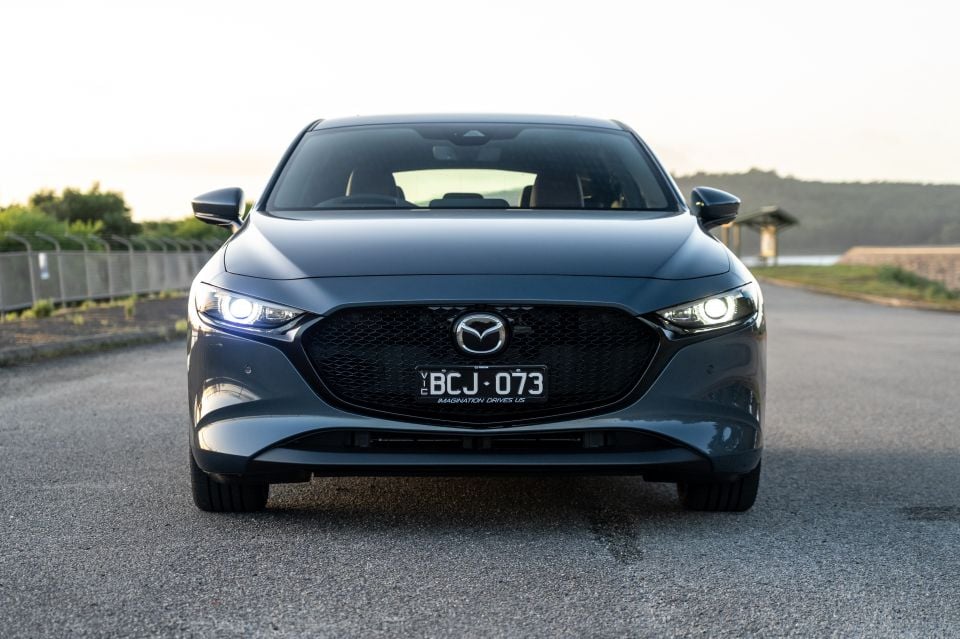

Founder
New from
$38,590
excl. on-roads

Founder
New from
$38,590
excl. on-roads


Founder
New from
$38,590
excl. on-roads

Founder
New from
$38,590
excl. on-roads
Quickly see how this car stacks up against its competition. Select any benchmark to see more details.
Where expert car reviews meet expert car buying – CarExpert gives you trusted advice, personalised service and real savings on your next new car.
Styling plays such a big role in a new car purchase, which is part of the reason Mazda has gone hard on creating cars with an edgy design that looks like it’s always moving, even when standing still.
That mantra continues with the all-new 2020 Mazda 3 – it looks like it’s moving when standing still and, finished in contrasting colours like the G25 Astina you see here, carves a pretty awesome line in traffic.
Mazda says the design improvements on the Mazda 3 improve economy, improve the driver experience, and deliver a more premium feel behind the wheel – think more German than Japanese.
But, the big changes and feature improvements come at a cost. The new Mazda 3 has taken a big hike in terms of its asking price.
Mazda isn’t alone in its hunt for a more premium price tag. Toyota did the same with the new Corolla, as did Ford with the Focus.
Has the move upmarket paid off?
Getting your foot in the door of an all-new Mazda 3 hatch is going to set you back an additional $5100 from the entry-level – almost a 20 per cent increase on the outgoing model.
Sure, it brings more features, but Mazda is relying on customers buying into its premium philosophy.

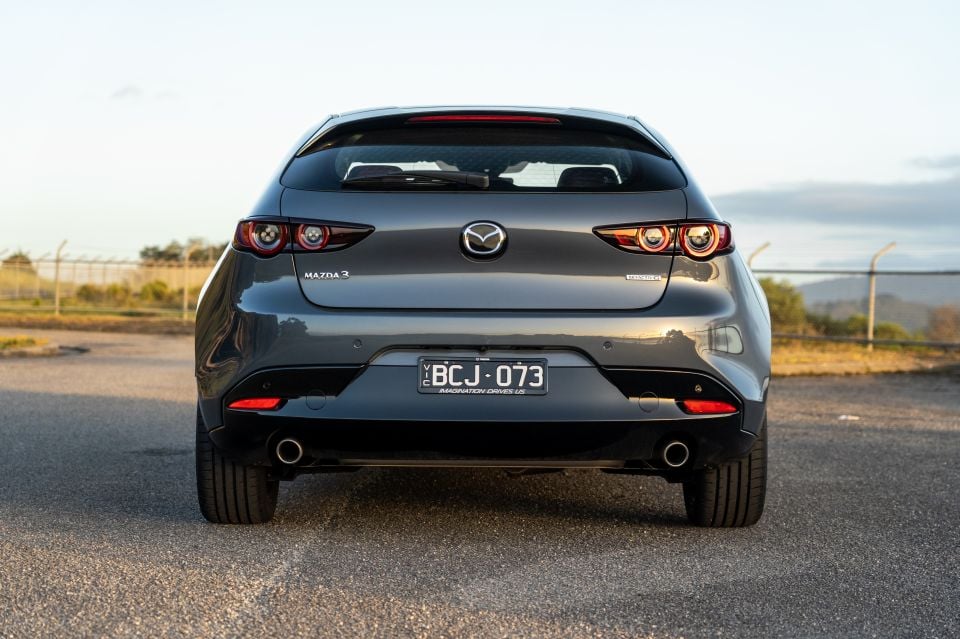
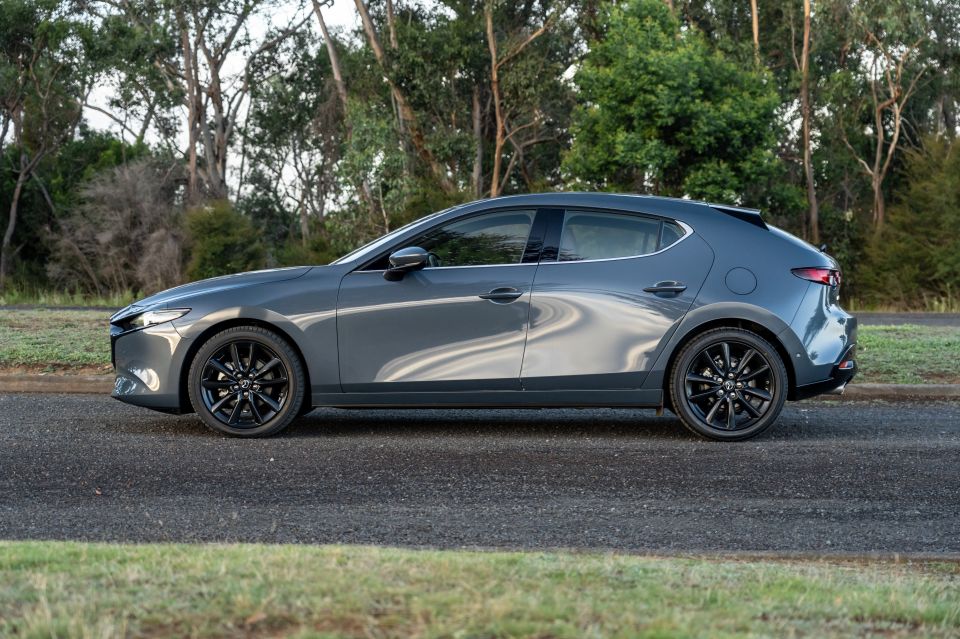
The new Mazda 3 hatch range kicks off with the G20 Pure, is priced from $25,590 before on-road costs.
It’s worth noting the new nomenclature relates to the engine size. G20 vehicles are powered by a naturally-aspirated 2.0-litre four-cylinder petrol, while G25 variants pick up a naturally-aspirated 2.5-litre four-cylinder petrol.
The hatch range now tops out with the G25 Astina on test here, starting at $37,590 before on-road costs for the six-speed manual or $38,590 before on-roads for the six-speed automatic.
If a sedan is more your style, it’s priced alongside the hatch – offering better value for money if boot space is a must.
Buy your new car without the stress. It's fast, simple and completely free.

Great service from Travis and team, second time I have used this business would not hesitate to recommend them to anyone
Craig C.
Purchased a Ford Ranger in Sunshine Coast, QLD
CarExpert helped Craig save thousands on his Ford Ranger, now let us save you on your next new car.
Find a dealThe new asking price is a big jump ahead of where things once were, but the standard features list has increased considerably.
On the outside you get 18-inch alloy wheels, and the option of eight colours – with three of them (Machine Grey, Polymetal Grey and Soul Red) costing an additional $495.
Adaptive LED headlights, low- and high-speed front and rear autonomous emergency braking, a proximity key, and sunroof.
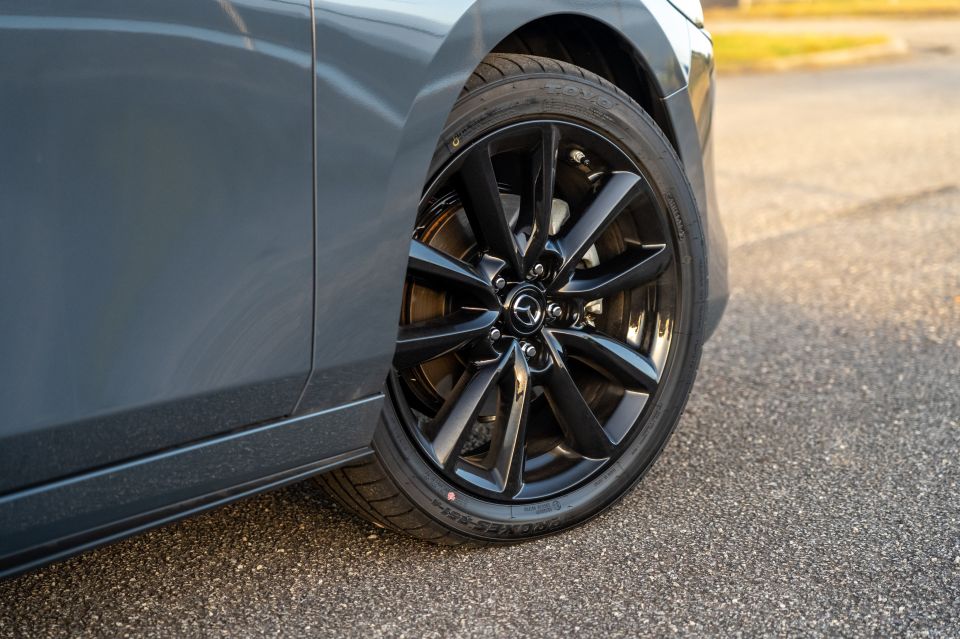
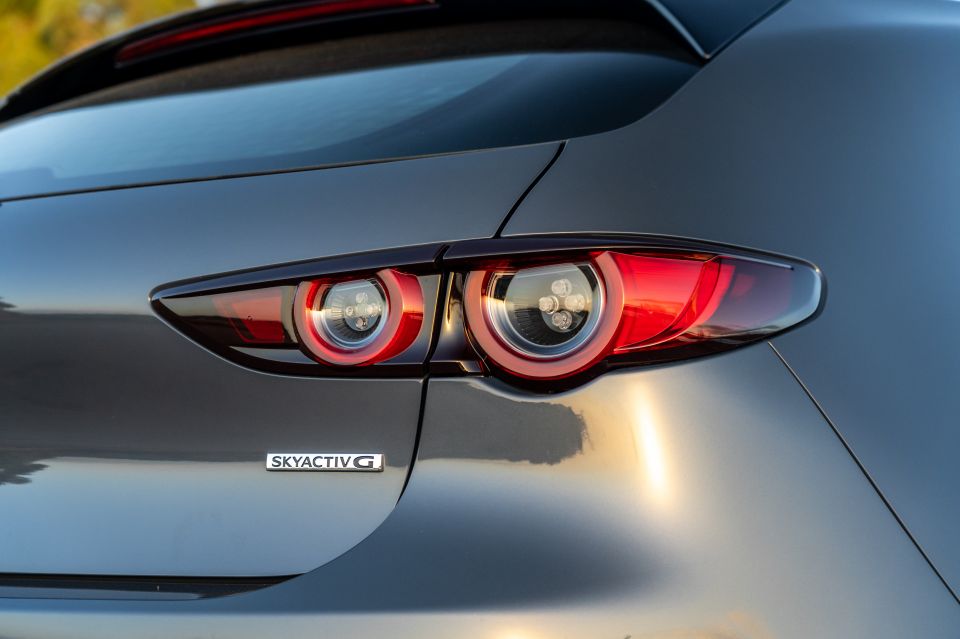
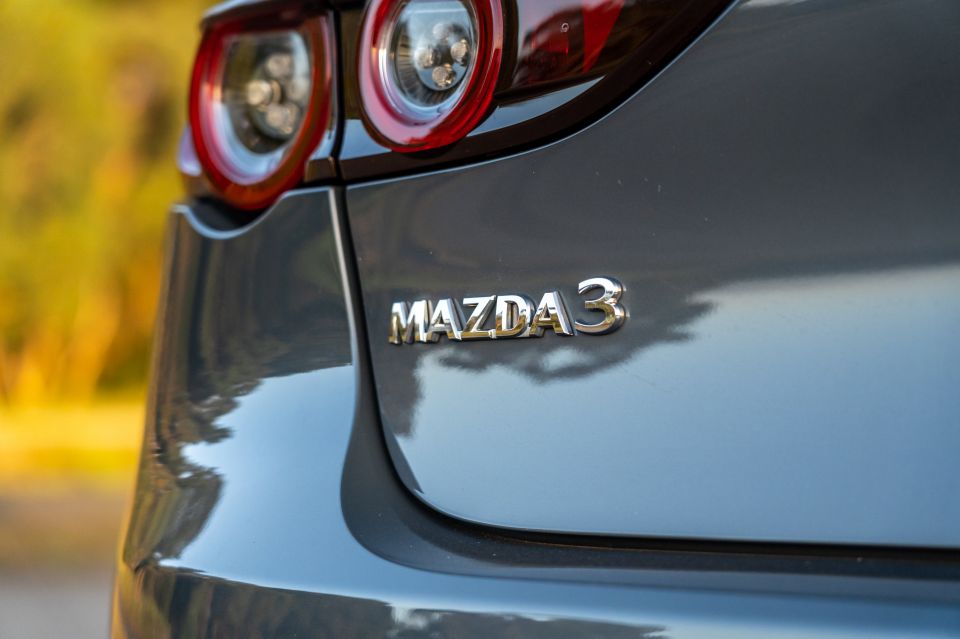
Inside the cabin, buyers can choose from three leather colours – black, white, or burgundy.
Niceties like a 12-speaker Bose sound system, front seat and steering wheel heating, a 360-degree reverse-view camera, 10-way power adjustable seats, dual-zone climate control, auto-dimming rear-vision mirror, automatic headlights and wipers, head-up display, radar cruise control, push button start, traffic sign recognition and an electric parking brake, are standard.
There’s absolutely no denying that the Mazda 3 G25 Astina is loaded with tech and features.
The entire Mazda 3 range comes with seven airbags, while the Astina picks up handy features like reverse AEB (to stop you hitting things when reversing), front and rear cross-traffic alert, and a driver attention monitor.


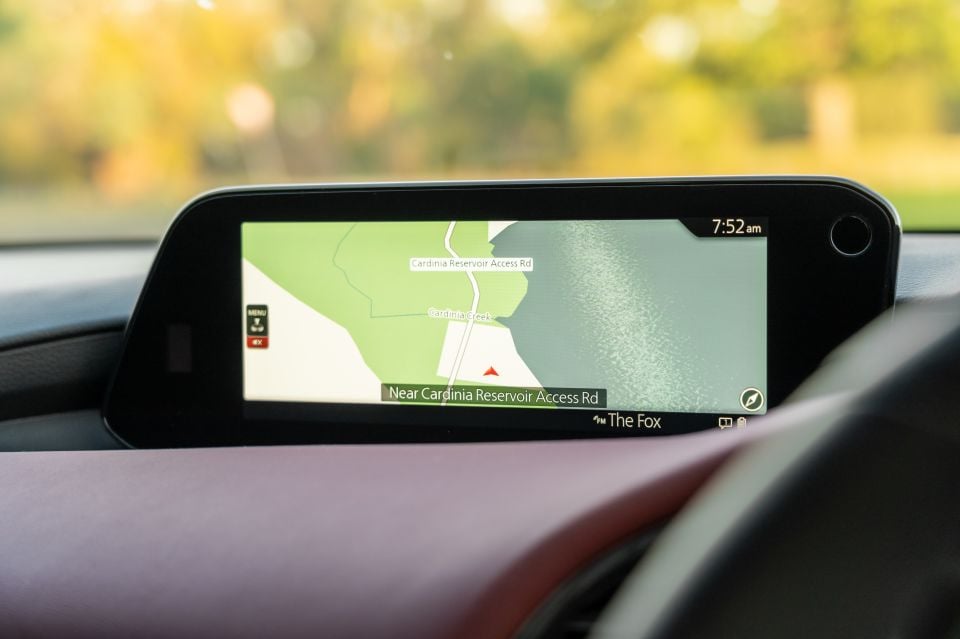
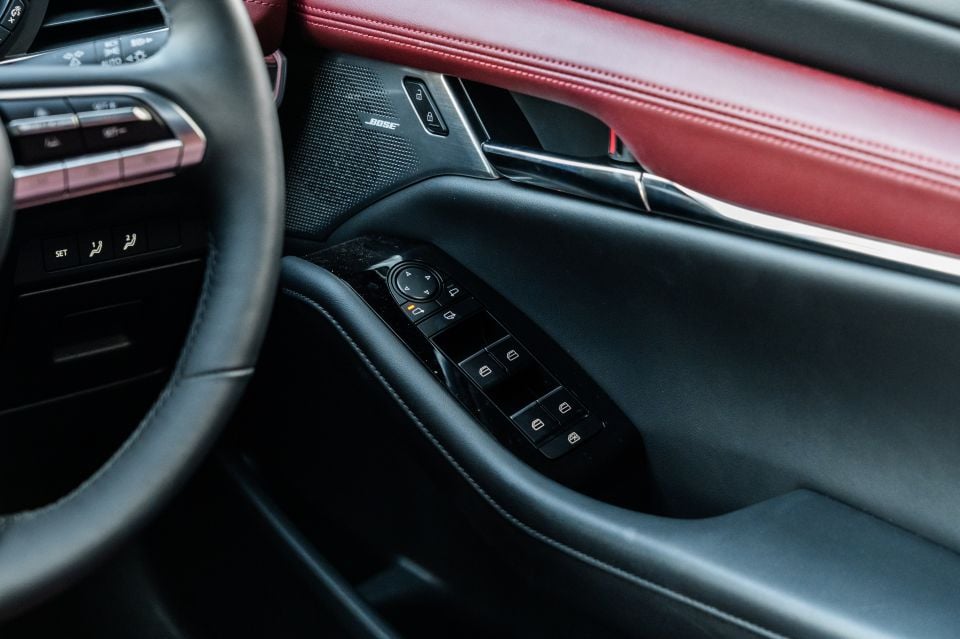
The Mazda 3 scored a five-star ANCAP safety rating. The car scored 98 per cent for adult occupant safety, 89 per cent for child occupant protection, 81 per cent for vulnerable road user protection and 76 per cent for safety systems.
This is what really blew me away. Mazda has gone to town creating a luxury feel within the cabin. Every surface you come into contact with is soft to the touch, while the elbow contact points on the centre console and the doors are softly padded.
The only part of this package I didn’t like was the lack of space between the steering wheel and the edge of the centre console lid. I personally found my elbow would come into contact with the centre console when trying to turn left. We’ve had the same issue with the bigger CX-9.
This issue aside, you can easily see the attention to detail around the cabin. Our test car featured the burgundy interior option, which blends nicely with the black dashboard surrounds to make the interior feel more Jaguar than Mazda.
The new steering wheel has a thin centre to it, with easy-access buttons and logical controls.
The new 8.0-inch infotainment system is a big leap forward from the dated MZD-Connect system from the old Mazda 3. It comes standard with Apple CarPlay and Android Auto, which is facilitated through a hard connection.
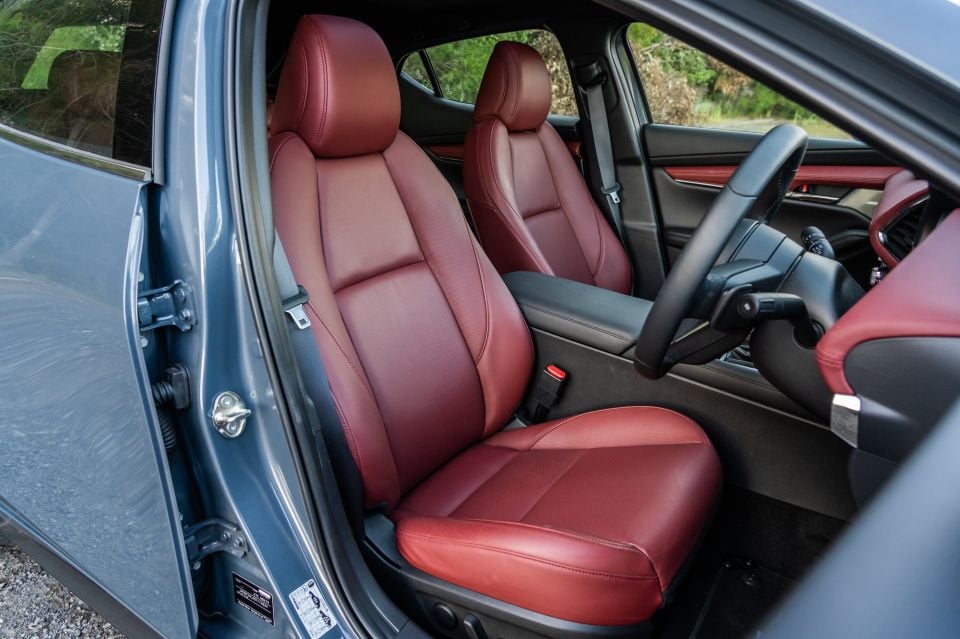
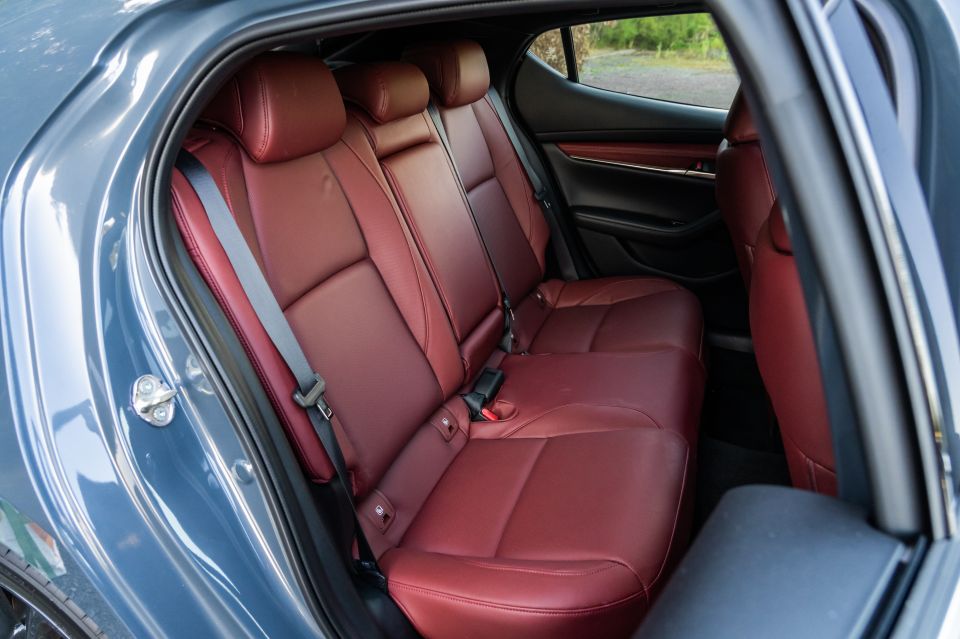
It’s easier to use than MZD-Connect, but lacks any touchscreen controls (MZD-Connect offered touchscreen ability while the vehicle was stationary). Instead, it’s driven by a rotary controller surrounded by shortcut buttons.
The new voice recognition system works much better than the outgoing Mazda 3. But the best way to play it is to keep your phone connected with smartphone mirroring. That way, the car can use your phone’s third-party recognition for better clarity.
Ahead of the driver is a 7.0-inch TFT display that takes care of trip computer functionality. It offers some customisability, but it’s not within the realm of the Volkswagen Group’s Virtual Cockpit system.
The stereo is very good – when researching the car we discovered Mazda’s lead audio engineer positioned the door speakers closer to the window line to more uniformly distribute sound throughout the cabin. Oh, and one of their tuning songs is Hotel California by the Eagles.
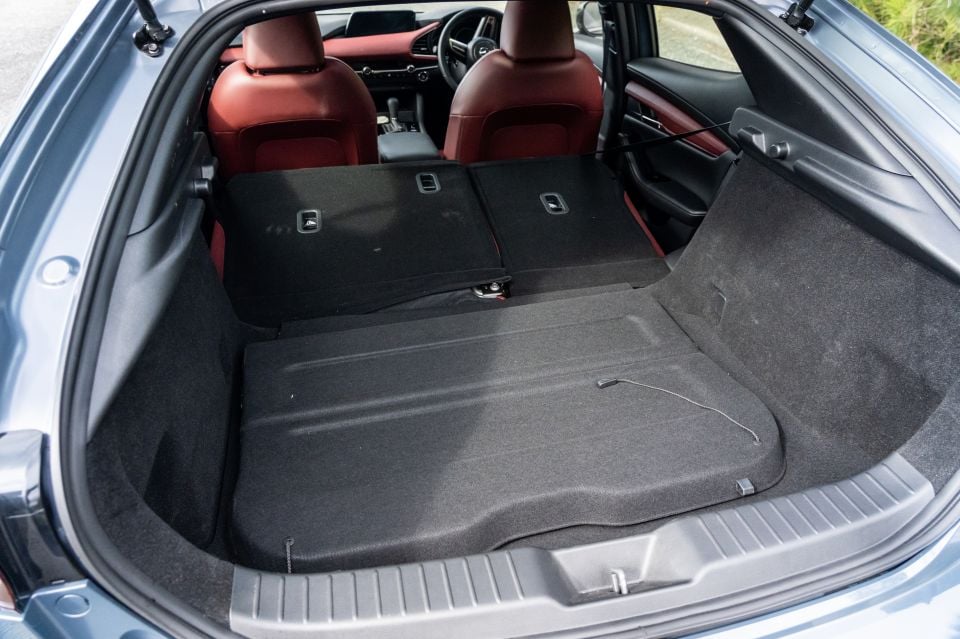

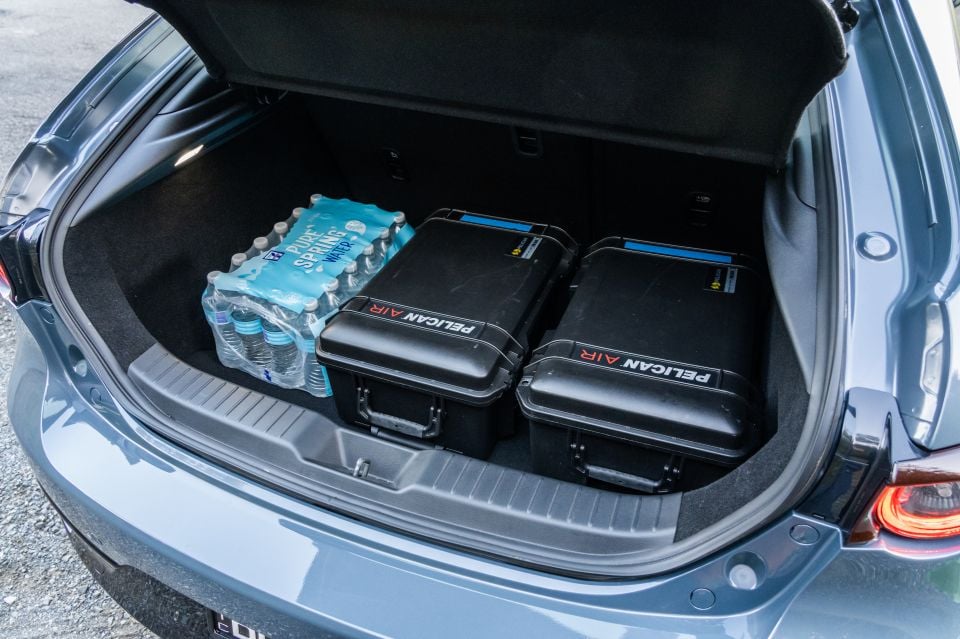
When played through the 12-speaker sound system, it offers plenty of punch and clarity. Not bad for a small car with a cabin this size.
There are rear air vents and plenty of storage throughout the cabin with fairly impressive door bins. Legroom in the second row isn’t amazing, but it’s a step forward from the previous Mazda 3. Taller passengers may also find headroom compromised.
Crack the boot open and you’ll find a poor 295L of cargo space. It’s actually less than the outgoing model, which is a strange adjustment to make. If you’re in the need of space but don’t want to sacrifice features, the Mazda 3 G25 Astina sedan is the same price and comes with a larger 444L of cargo capacity.
Overall, the interior of the Mazda 3 is damn impressive. It feels like it’s worth more than it is, and the big jump in infotainment quality makes it feel worthy of its price.
This is where Mazda has started to kick some real goals. Instead of going down the path of dual-clutch transmissions like a number of other manufacturers, Mazda has stuck to its guns and continues to offer either a six-speed manual or six-speed automatic transmission.
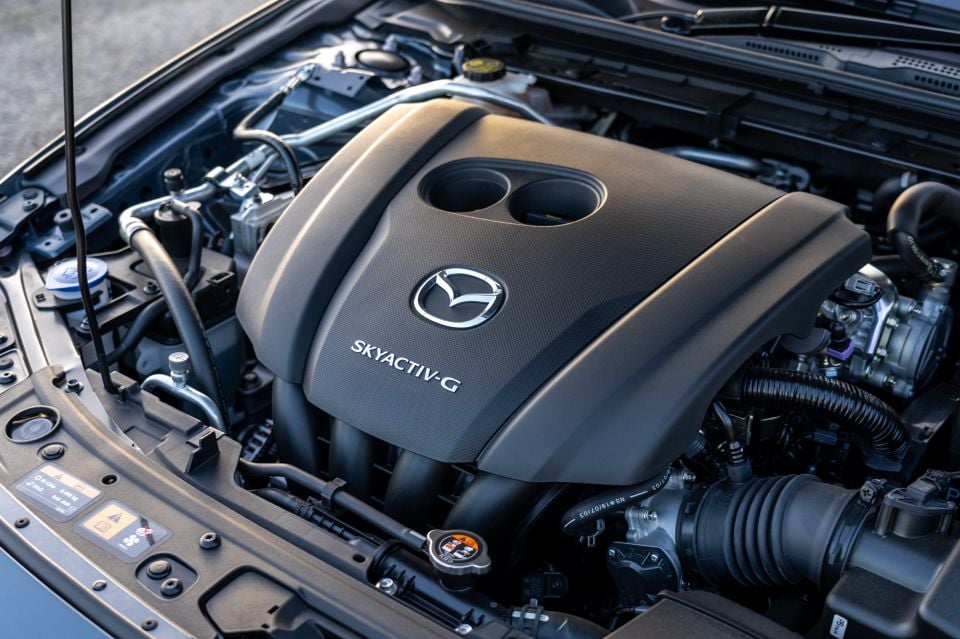
Powering Mazda 3 G25 models is a 2.5-litre naturally aspirated four-cylinder petrol engine producing 139kW of power and 252Nm of torque.
It consumes 6.6L of fuel per 100km on the combined cycle. During our testing we saw around 8.8L/100km, but keep in mind our driving included city driving, highway driving, spirited driving, and some idling time during filming.
The impressive fuel economy figure comes partly thanks to the high compression ratio of 13.0:1.
With a 51L fuel tank, the G25 Astina is capable of around 773km of driving on a full tank of 91RON unleaded petrol.
The drivetrain is mated to a six-speed torque converter automatic transmission with paddle shifters on the steering wheel and a selectable sport mode.
One of the first things you’d notice driving the Mazda 3 back-to-back with the outgoing model is the huge reduction in road noise. Mazda went to town on improving sound insulation, changing engine mount points, and increasing sound deadening around doors and windows.

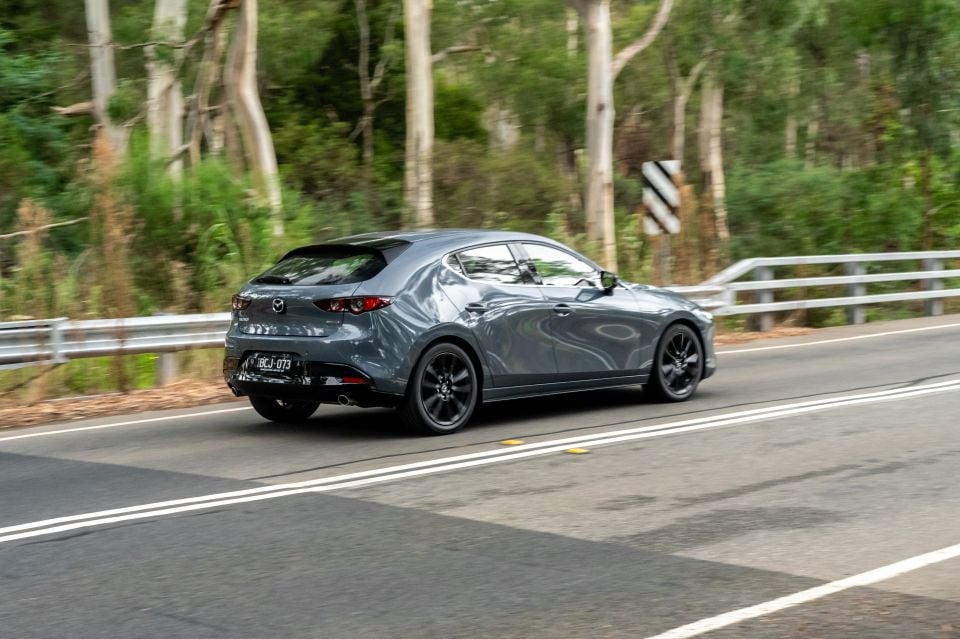
The net result of that is a hugely improved cabin experience when driving on highways or coarse chip roads. It was long overdue, now looks like a fundamental issue with the outgoing 3 platform prevented Mazda from doing it earlier.
At idle the engine is fairly quiet, with noise only breaking in to the cabin as engine speeds increase. The gearbox is silky smooth and shifts through the gears fairly seamlessly. We did have one situation where a rough kick-down to a lower gear was felt, but we weren’t able to replicate it.
There’s plenty of pep from the engine, but peak torque doesn’t occur until 4000rpm, so you need to wind the engine out slightly to really get a move on.
Weighing just 1340kg, the engine and gearbox are flexible enough to zip in and out of traffic, and will comfortably wind out to the end of its rev band for overtaking.
Sport mode holds gears slightly longer and improves throttle sharpness, but doesn’t have any effect on the ride.
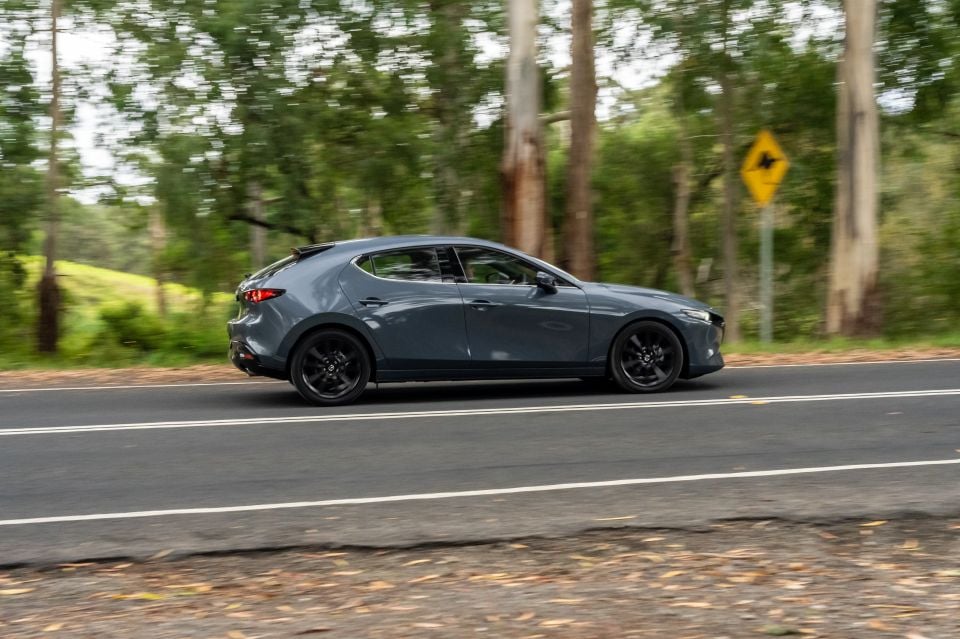
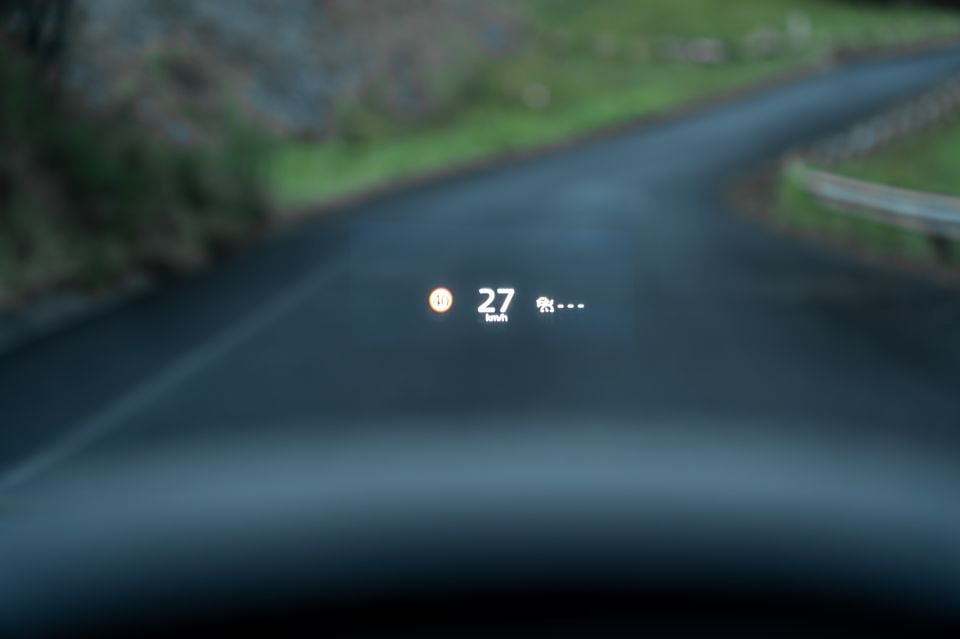
Speaking of which, the ride in the Mazda 3 is excellent. It’s on the firmer side of comfortable, but has a sporty edge to it. The front end deals well with potholes and sharper speed humps, but you can feel a more rigid reaction from the rear end of the car due to the torsion beam rear suspension – more on this shortly.
Visibility out of the car is excellent, with the G25 Astina taking advantage of both front and rear parking sensors and fairly large wing mirrors. The only complaint is the slightly narrow porthole of a rear window.
Holding the Mazda 3 G25 Astina to the road are a set of 215mm wide tyres with 45 profile rubber, wrapped around 18-inch alloy wheels. Front suspension remains independent, but the rear has migrated to a torsion beam setup.
Torsion beam suspension is a fairly primitive arrangement for a car that uses a single beam connecting the wheels on the rear axle. That beam is attached to the body at a number of points, including a spring and damper on each rear corner.
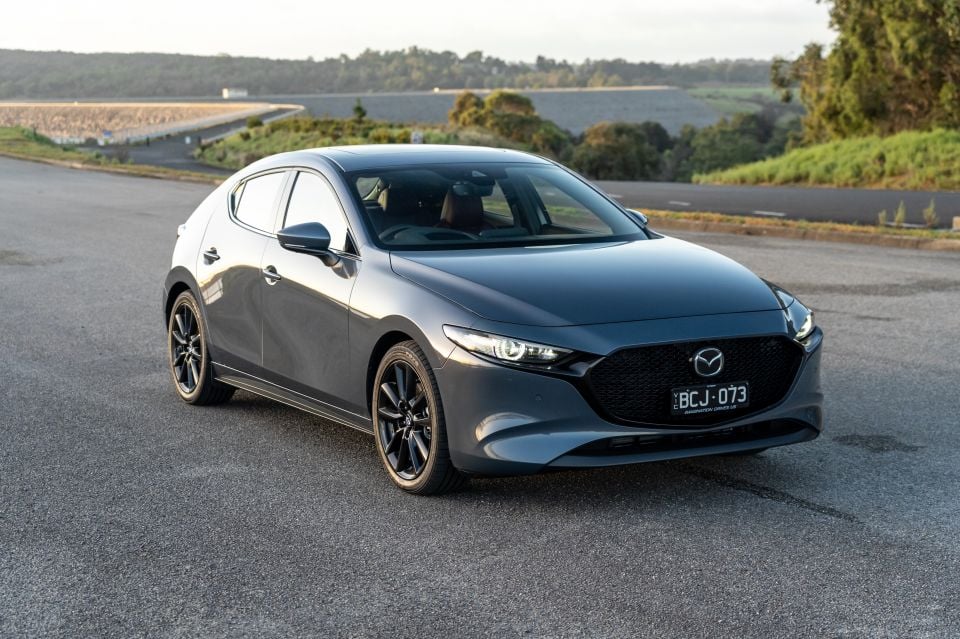
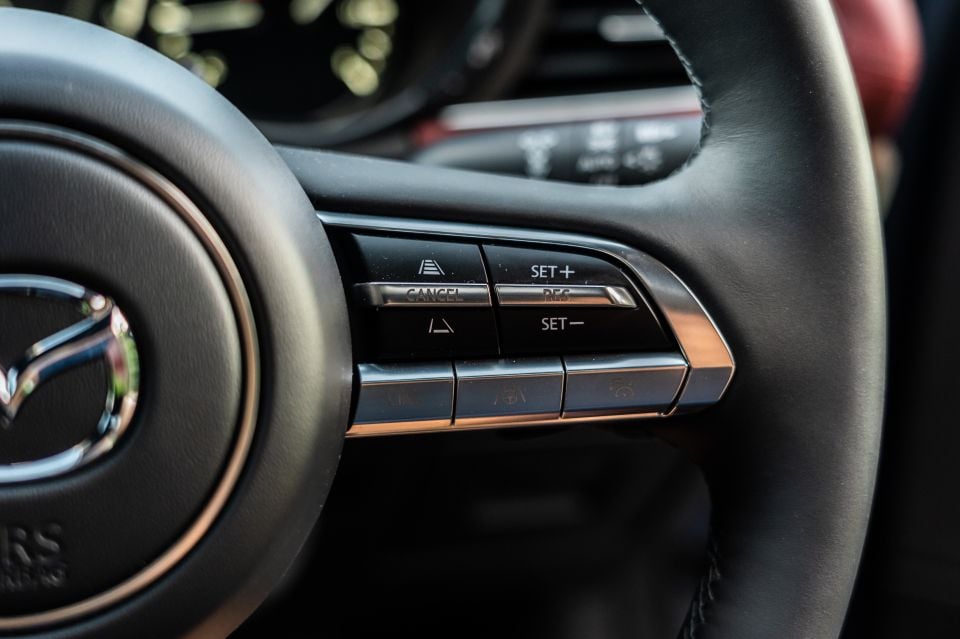
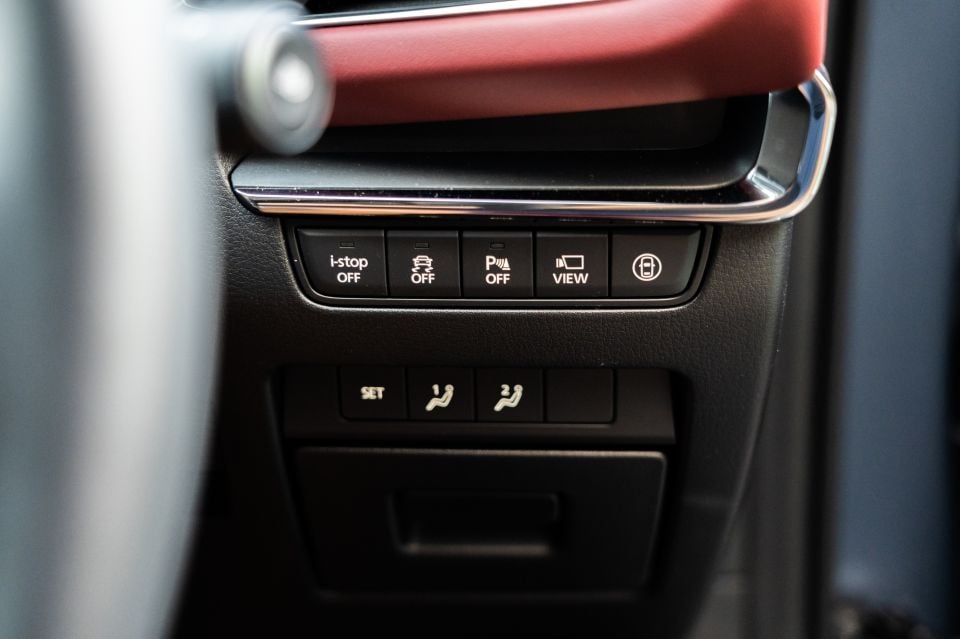
The disadvantage of this system compared to an independent rear suspension (like that of the Hyundai i30 N and i30 N-Line) is any impact on one side of the car is translated to the other side though the torsion beam.
This can mean the cars balance is thrown off when an independent suspension might just carry on unperturbed. It’s not something you notice driving around the city, but it become evident during faster spirited drives.
Why did Mazda switch to this system? It’s primarily to save weight and money. It’s simpler than an independent suspension system, and is therefore much cheaper to manufacture and install.
When the driving does become more enthusiastic, the Mazda 3 continues to shine. Despite the torsion beam setup, it feels confident through corners and delivers smiles. The steering is quite direct and the sporty wheel sits nicely in the hand. Brake pedal feel is also good.
Our only complaint with the brake pedal feel is the very rigid idle stop system. Unlike most other modern cars with this system, the Mazda 3 only activates idle stop when the car is stationary and the brake pedal is given a firm press.
If you need to set off in a hurry there’s a lag between the brake pedal lifting and the car moving, which is gets in the way if you need to move off quickly. The delay between brake pedal release and torque hitting the front axle feels too long.
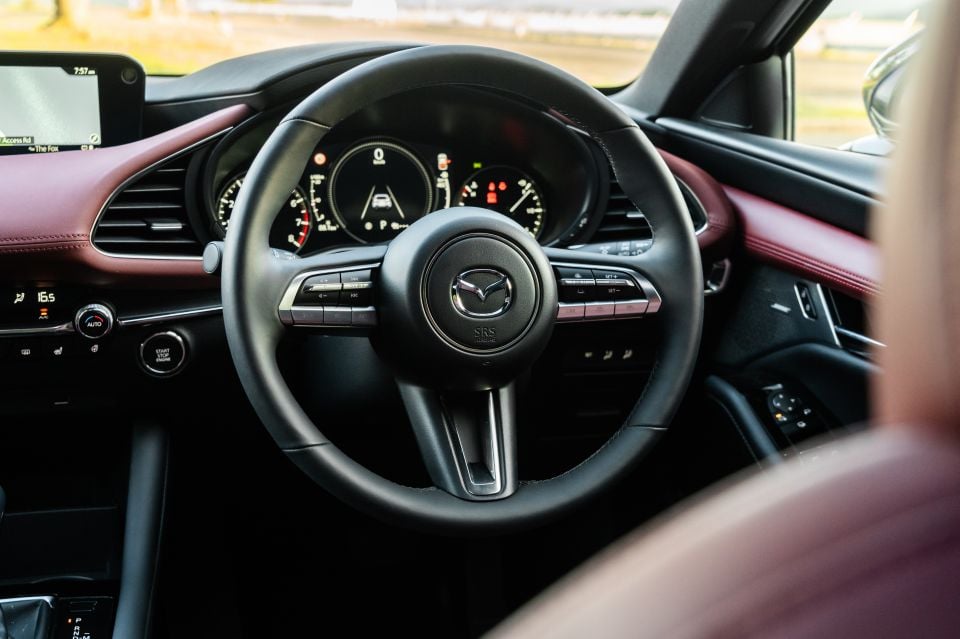
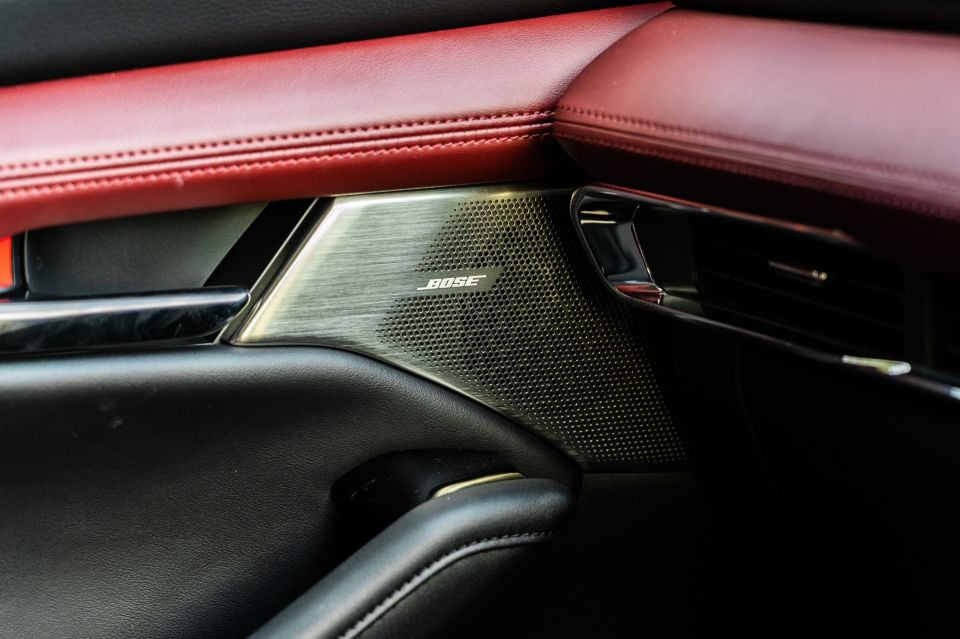
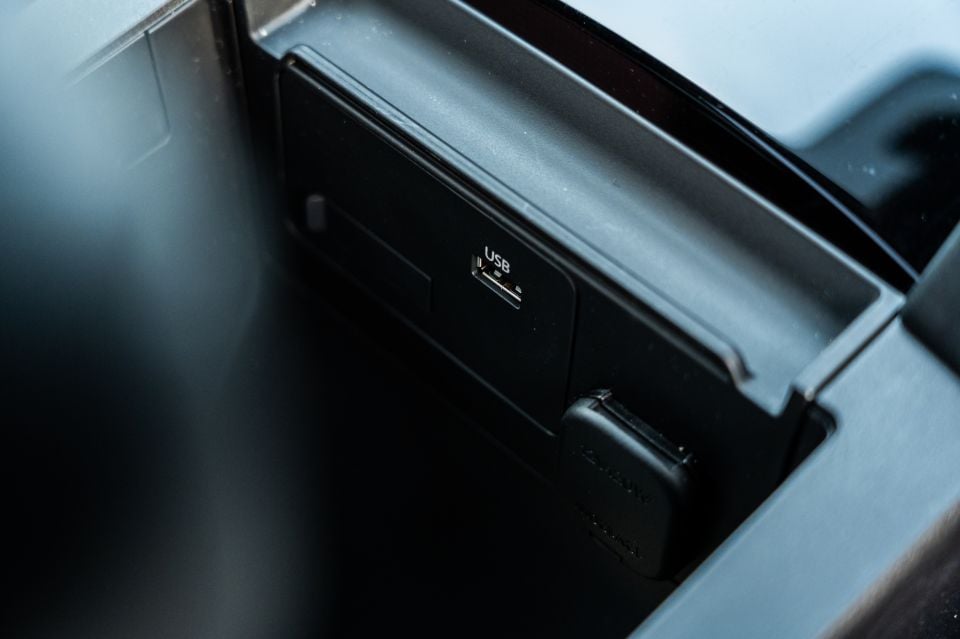
Outside of that, the Mazda 3 is a very accomplished car on both city and country roads.
Mazda now offers a five-year, unlimited kilometre warranty with service intervals occurring every 12 months or 10,000km, whichever comes first.
Over a five-year period, the Mazda 3 G25 Astina will cost $1692. That’s five services, at an average of $338 per service each 12 months or 10,000km.
It’s fairly expensive to service, in comparison to something like a Toyota Corolla, which costs $900 over the same period (five services at an average of $180 each). The Hyundai i30 on the other hand is much closer, coming in at $1395 over five years.
The new Mazda 3 is an impressive machine. It feels like a big step forward from both the technology and styling fronts.
Out on the open road it soaks up the miles and despite Mazda cutting a corner with the torsion beam rear suspension, it feels confidence inspiring with excellent road holding.

Things like the idle stop system could be vastly improved, likewise the gap between centre console lid and steering wheel.
If we were spending our money in this segment, the buyer really is spoilt for choice. The Mazda 3 presents well, but is let down by expensive servicing costs.
We would also be test driving the new Ford Focus and, if economy is a focus, checking out the Toyota Corolla Hybrid.
But if the heart wins over the head, the Mazda 3 G25 Astina cuts a slim figure in traffic and is loaded with standard equipment.
Sometimes the cheaper or more sensible option simply doesn’t cut it.
Where expert car reviews meet expert car buying – CarExpert gives you trusted advice, personalised service and real savings on your next new car.
Paul Maric is a CarExpert co-founder and YouTube host, combining engineering expertise with two decades in automotive journalism.


CarExpert.com.au
3 Days Ago


Damion Smy
5 Days Ago


Damion Smy
8 Days Ago
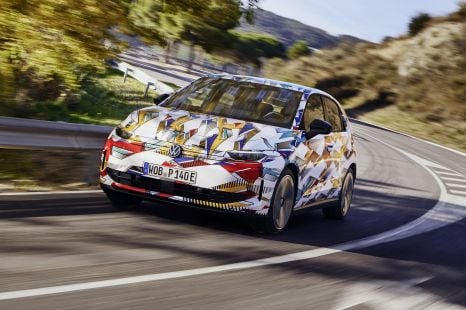

William Stopford
11 Days Ago
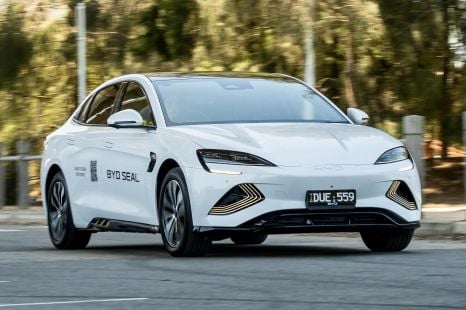

Max Davies
12 Days Ago
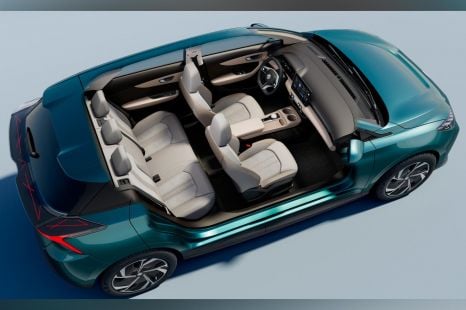

William Stopford
13 Days Ago